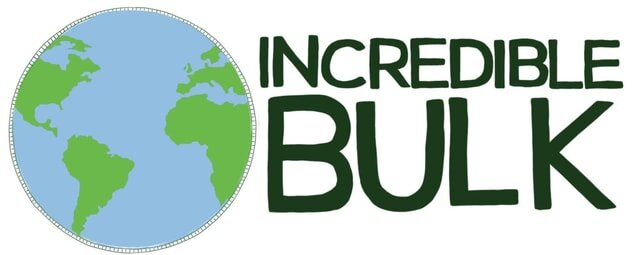Plastic Pollution and Rivers
/Today is International Day of Action for Rivers, a day to celebrate our life-giving waters. Unfortunately, our freshwater ecosystems are going through tough times, Anne-Claire Loftus, WWF UK Freshwater adviser, tells us that “freshwater species populations declined by 81% from 1970 to 2012, an average loss much greater than that of species on land or in the oceans.” There are many threats impacting rivers and other freshwater habitats including loss of connectivity and flow reductions due to dams and other artificial barriers; over-abstraction of water for irrigation and other uses; excessive nutrient loading from agricultural and urban areas; siltation caused by land degradation and deforestation; and the impact of climate change. In recent years plastic pollution has also been counted as a possible threat and we thought it was the perfect time to find out how our rivers have been affected by plastic pollution.
1) Our rivers are key sources of marine plastic pollution
News and studies on plastic pollution has mainly focused on our oceans rather than rivers but it looks like this is beginning to change. We found numerous reports in the news with regards to how rivers are contributing to ocean plastic pollution and how they are key carriers of plastic waste from source to our oceans. Two studies, highlighted by Anne-Claire Loftus, estimated that between 1.15–2.41 and 0.21–4.38 million tonnes of plastic waste per year entered the oceans from land via river catchments. Highlighting that rivers are a key area of concern when it comes to plastic pollution. For this reason there are now more studies looking into plastic pollution in our rivers rather than the ocean.
2) Single use plastic have been found to be a core cause of river litter
Thames21 and MCS ran 20 river clean events at Thames tributaries and tidal Thames sites to collect data for their ‘source to sea’ study. Data collected revealed that more than 80% of litter in the Thames, and 78% on its tributaries, is made up of single-use items such as metal drink cans, food packaging and plastic drinks bottles. It also found that the concentration of litter items found per 100m rose as the Thames made its way towards the sea, due to the increased opportunity for humans to influence the ecosystem. The charities supported a move away from single-use saying that “more than 60% of litter would disappear from the Thames basin if we moved away from single-use items.”
A little closer to home we found an article on Cornwall Live written at the end of 2017 about plastic pollution collected from Truro River by Mary Jones who spends her free time kayaking along the river to complete litter picks. On one trip she collected 6 bin bags full of plastic litter, with the most common being food wrappers.
3) Micro-plastics have now been found in our freshwater systems
Micro-plastics in our rivers have more recently been in the news thanks to a new study by Dr Dunn who collected samples from 10 different river, lake and reservoir sites across the UK. He found micro-plastics at each of the 10 locations, ranging from 2-3 per litre to more than 1000 per litre in the worst affected area. On the results Dr Dunn has said “Micro-plastics are being found absolutely everywhere [but] we do not know the dangers they could be posing. It’s no use looking back in 20 years time and saying: ‘If only we’d realised just how bad it was.’ We need to be monitoring our waters now and we need to think, as a country and a world, how we can be reducing our reliance on plastic.”
Micro-plastics come from a variety of sources, as explained in an essay by Scott Lambert and Martin Wagner. They can come from the degradation of larger plastic debris items, such as litter and also agricultural equipment (eg plastic films used for crop production) but can also enter the environment as micro-plastics via wastewater treatment plants and the surrounding environment from a number of sources such as personal care products (microbeads), release of fibres from textiles during the washing of clothes, incidental release (e.g. tyre wear) and release from industrial products or processes. The essay outlines how studies on the potential harm of micro-plastics vary considerably but states that “although science is far from understanding the ecological implications of freshwater micro-plastics; technological innovation, societal action, and political interventions need to be taken to mitigate the plastics pollution, which will – in case of inaction – certainly increase over the years to come.”
What have we taken away from these articles? That although a lot is still unknown we feel strongly that plastic pollution has largely been caused by our disposable attitude towards plastic, a product that does not disappear, only breaks down and spreads further - now having reached not only the deepest depths of our remote oceans but also our remote fresh water channels. Removing plastic waste from seas and rivers will help alleviate environmental issues but to stop the problem we need to reduce our reliance on plastic, looking to avoid it where possible as consumers is a great way to start, something we can do immediately as well as ensuring any waste we do come across is disposed of responsibly so it does not impact our natural environment.
Information from WWF, Scott Lambert and Martin Wagner, The Guardian, The River Trust and Cornwall Live
For more on International Day of Action for Rivers

